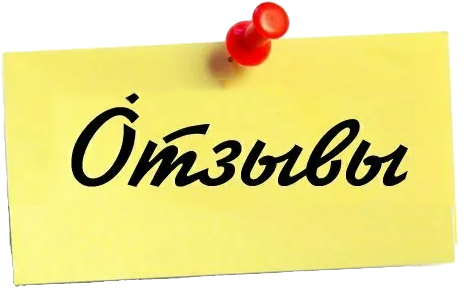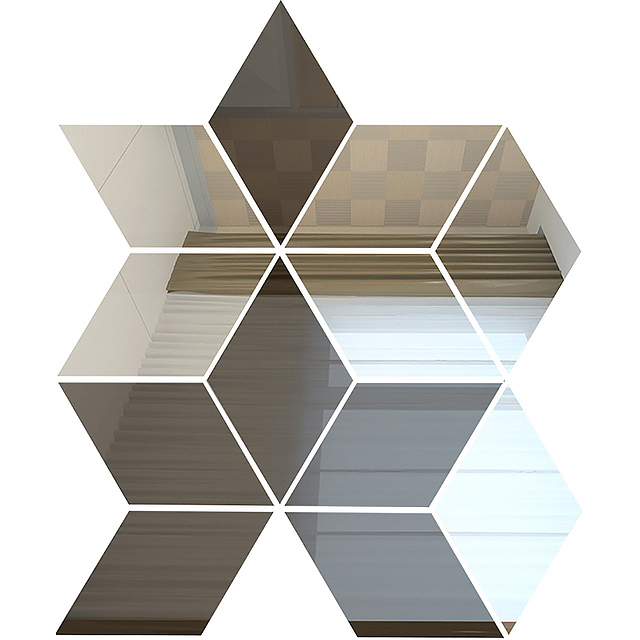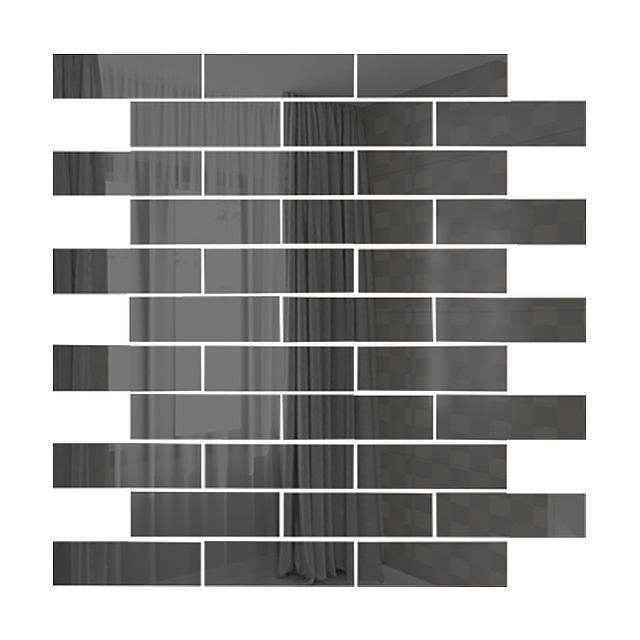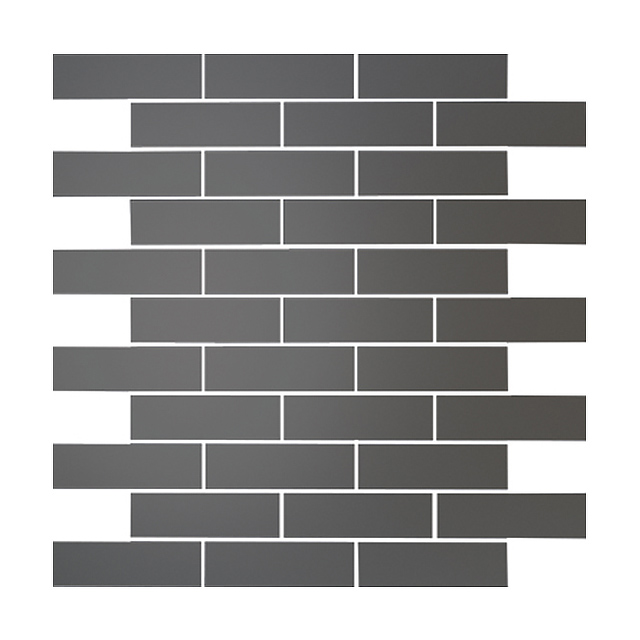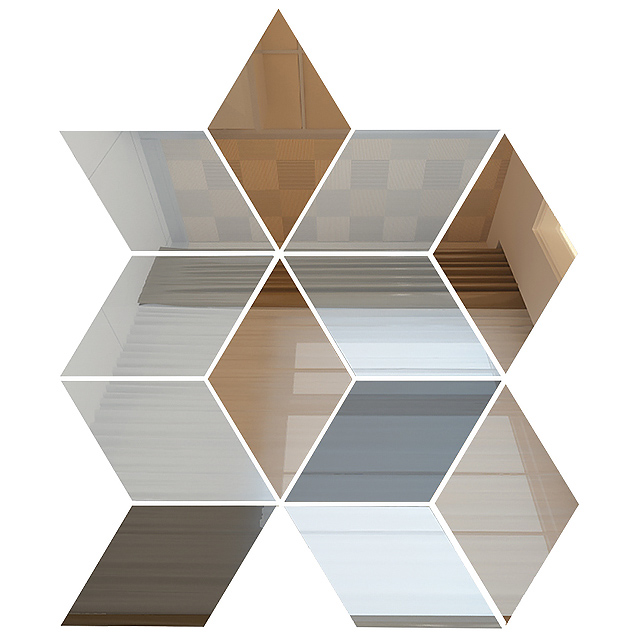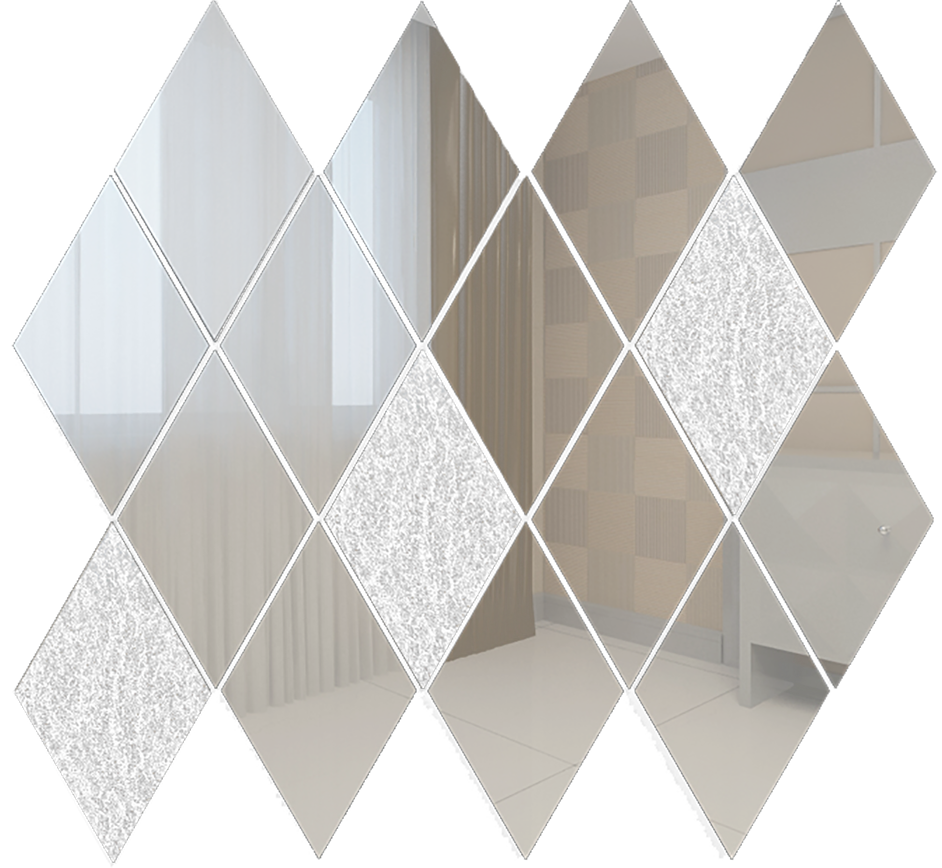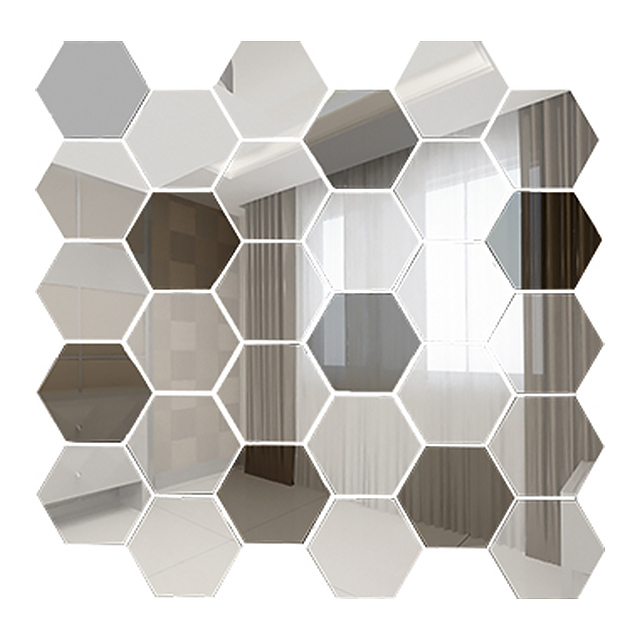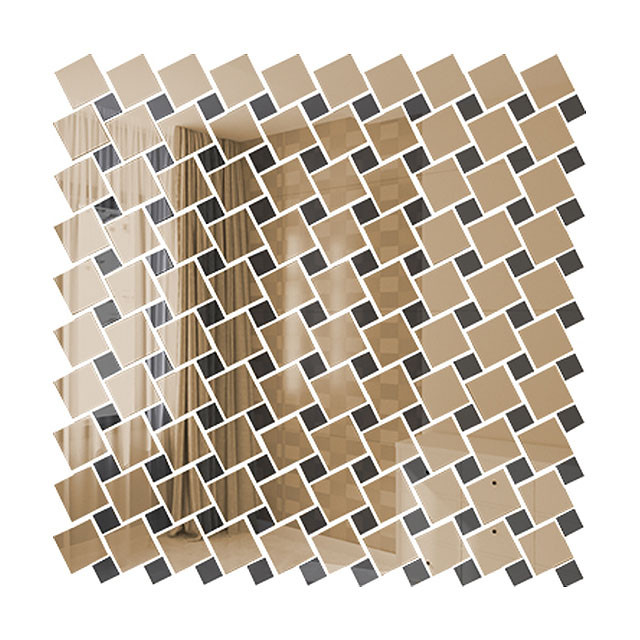
Frequently Asked Questions
Mirror mosaic, which is planted on tile glue indiscriminately, will also quickly lose its luster, and money will be wasted.
Yes, it is necessary. We recommend laying out taking into account the gaps of 0.5 - 1 mm. You can use any plastic card to hold the gaps.
It is possible, but undesirable, to glue products in places with constant high humidity. Although the mirror from which tiles and mosaics are made is moisture-resistant and fire-resistant, rooms with high humidity should be treated with caution.
There is no need to rub the seams between the mirror tiles. The edges of the tiles are polished, they are smooth and look aesthetically pleasing. The thickness of the tile edge after facet treatment is 2 mm, so it visually does not require grout. For our part, we recommend mashing the seams with sealant only in rooms with high humidity.
You can trim the excess tile details with a manual glass cutter, but you should be careful, since glass can be traumatic. It is also necessary to take into account the fact that when cutting parts independently, the tile may crack or split, and microscopes may appear on the ends.
Mirror and glass mosaic is an ordinary glass that is cut into certain details. Yes, you can cut yourself on the mosaic, so you need to be careful when laying and work with gloves. After laying, the seams are rubbed, the surface becomes absolutely smooth and safe. После укладки швы затираются, поверхность становится абсолютно гладкой и безопасной.
Graphite and bronze mirrors are exactly the same mirror as an ordinary one, with the same properties. Their difference is only in color. Graphite is darkened, and bronze is tinged with yellow.
A glass mosaic is a mosaic made of glass with a certain pattern applied to the back of the product. We use the most advanced technologies and apply the drawing with a special UV printer. If you observe all the conditions of installation and operation, the drawing will not fade and will please you for a long time.
In our assortment there are mirror mosaics (glossy and matte) and glass. It all depends on how often you spend time cooking. If you often cook and use a stove for frying, it is better to choose a glass mosaic, since traces of fat will not be visible on it. Although everything is individual, if you are not afraid of cleaning, you can also mount a mirror mosaic.
Mirror tile and mirror/glass mosaic - ordinary mirror or glass. You can take care and wash with the same means as ordinary mirrors. Do not use cleaning products based on acids and alkalis, metal cleaning devices. This may damage the top layer.
- deviations from the nominal dimensions indicated on the package ± 1 mm
- geometric correctness of shapes (deviations from the perpendicular of adjacent faces by the length of the measured face), not more than ± 1 mm
- the thickness of the mirror tile is 4 mm
- on products with a polished facet, the offset of the facet interface line relative to the angle of the product up to 2 mm is allowed
- standard facet angle 4-8°
- minimum residual edge 2.5 mm
We prepare the surface on which the installation will be carried out: we clean it from dust, loose plaster, paint, chalk, lime. The base should be dry, clean and as aligned as possible. We lay out mirror tiles on a flat horizontal surface. We recommend doing this taking into account the gaps of 0.5 - 1 mm. You can use any plastic card to hold the gaps. We mark the surface on the wall. Even experienced craftsmen do not neglect markup, and if you are doing this for the first time, then markup is simply mandatory for you. If you lay out a mirror tile on the entire wall or a column from floor to ceiling, then start from the far corner and move from the bottom up. If the decor will decorate only part of the wall, then you can start from the middle of the panel to get symmetrical. But the installation always goes in the direction from the floor to the ceiling.
Take breaks between the installation of adjacent rows in 10-15 minutes. Так клей затвердеет, и вы сможете проверить, не соскользнула ли плитка.
In the production technology, a certain acid is applied to the surface. The mirror becomes opaque not over the entire thickness, but only the upper surface. When adding a facet, this layer is removed.
Our factory is located in Belgorod. We ship products by transport companies throughout Russia and CIS countries. We cooperate with "Magic Trans", "Baikal Service", "SDEK", "Business Lines" and "PEC". Free delivery to your warehouse is calculated depending on the total amount of the order, according to the tariffs of the selected transport company.
Each element of the mirror tile has an individual packaging (cardboard and film). The number of tiles in 1 box is 10 pcs. The box is sealed, information about the date and the sticker "carefully fragile" are applied, a label with information about the product is glued. The boxes are placed on a special pallet, wrapped with stretch film, packed on top in a branded box and nailed with a stapler to the pallet. The order is ready for shipment.
It is necessary to use specialized glue for mirrors. We do not recommend using cement-based glue, universal sealants and other non-specialized materials. Consumption is about one tube (220-250ml) per 1-1.5 m2.






 Mirror Tile
Mirror Tile Mirror Mosaic
Mirror Mosaic Glass mosaic
Glass mosaic TILE CALCULATOR
TILE CALCULATOR